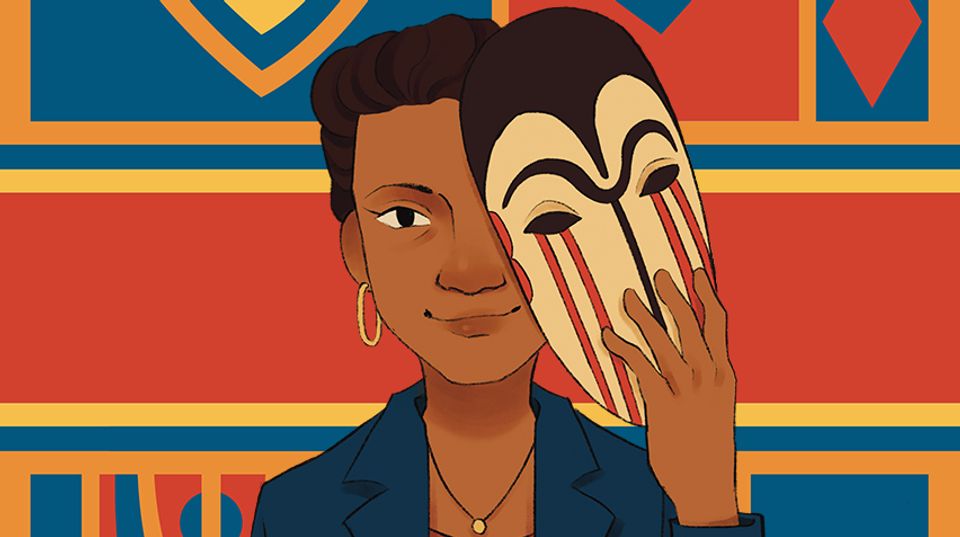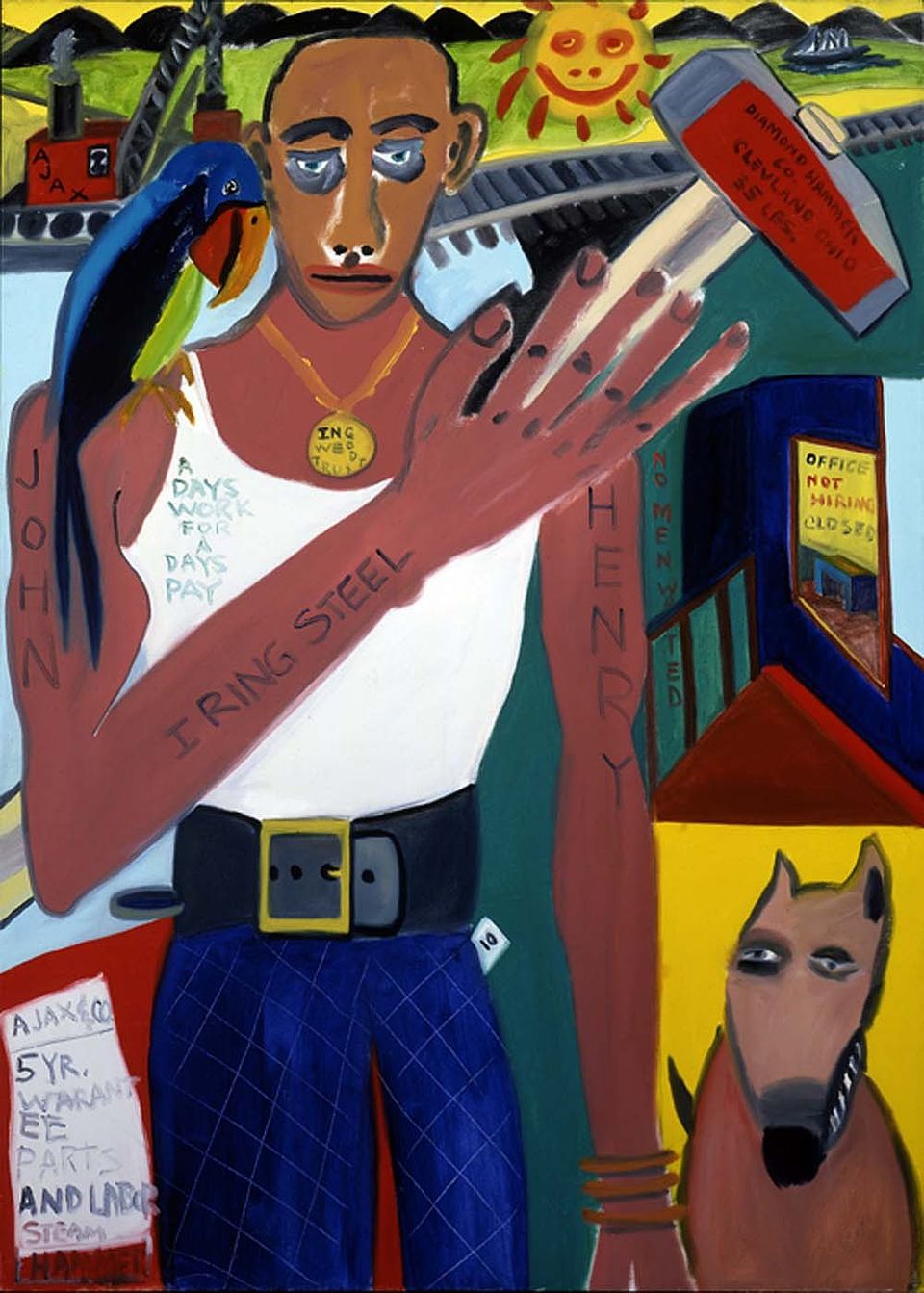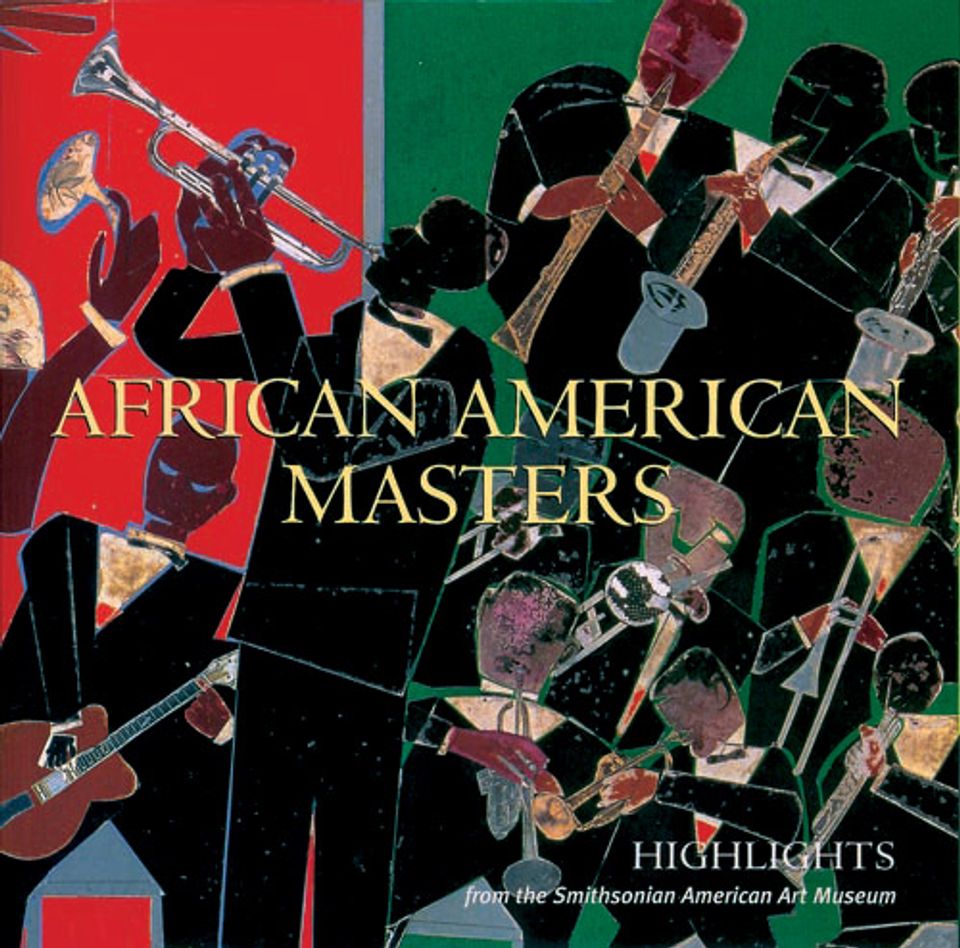Loïs Mailou Jones
- Also known as
- Lois Mailou Jones
- Lois Jones
- Lois Jones Pierre-Noel
- Born
- Boston, Massachusetts, United States
- Died
- Washington, District of Columbia, United States
- Active in
- Paris, France
- Port-au-Prince, Haiti
- Biography
Now in her eighth decade as an artist, Lois Mailou Jones has treated an extraordinary range of subjects—from French, Haitian, and New England landscapes to the sources and issues of African-American culture. The scope of her rigorous training in Boston, New York, Paris, Italy, and Africa is equally evident in her costumes, textile designs, watercolors, paintings, and collages.
In Les Fetiches, [SAAM, 1990.56] an ensemble of African figurative fetishes and masks hovers in space-divorced from any sense of ceremony, display, or storage. The masks have assumed a life of their own, capturing the electrifying magic associated with ritualistic objects. Although often created to conceal identity, masks are equally effective projections or revelations of values, whether personal or cultural. Since the 1920s Jones has studied masks from diverse non-Western civilizations, and in African masks and fetishes she has found powerful keys to infusing art with her ancestry's spirit and meaning. Simultaneously an accurate depiction and poetic synthesis of masks, Les Fetiches also identifies, perhaps unwittingly, the heterogeneous nature of African culture-created by diverse peoples across a vast continent.
By the 1920s both European and African-American artists usednon-Western art to help them break from prevailing formal styles, and Jones followed that lead. Although her early impressionistic style recurs throughout her career, the bold, emblematic qualities of African art have led her toward abstraction, as they had Post-Impressionist and Cubist artists. The planar design and striking color contrasts in Les Fetiches complement the dynamic, essential forms of the objects.
Throughout her career, Jones has championed the international artistic achievement of African-American art. She has also been an important role model for other African-American artists, particularly those involved with her design and watercolor courses at Howard University from 1930 to 1977.
Lynda Roscoe Hartigan African-American Art: 19th and 20th-Century Selections (brochure. Washington, D.C.: National Museum of American Art)
Exhibitions
Related Books
Related Posts
























